Interesting facts about eggs! Which came first, the chicken or the egg? We can't answer that, but we've gathered some other interesting facts about this superfood.
Innehållsförteckning
Thoughts on eggs
Eggs are truly an amazing food. It's bursting with vitamins and minerals, it's filling, you can cook it in endless ways and it's delicious. Around the world, chickens and eggs help put food on the table. We love eggs and actually eat eggs every day. As we approach Easter, we thought it would be a good time to share some facts about eggs!

Facts about eggs
Here are some interesting facts about eggs. Enjoy!
1. Eggs come mainly from birds, but also from reptiles.
If we talk about eggs as food, these are mainly from different types of birds, but we also eat fish eggs. The fish eggs are usually referred to as roe.
2. You can eat eggs from many different birds.
We humans eat by far the most eggs from chickens, but you can eat eggs from many other birds as well. In the case of domestic birds, you can eat eggs from ducks, quails, geese and ostriches. One ostrich egg is equivalent to about 25 chicken eggs and weighs about 1.7kg. You can also eat eggs from wild ducks, geese and sea birds.

3. Eggs can be prepared in many ways
It is common to boil or fry eggs. You can also make poached eggs (lost eggs) and scrambled eggs, or use eggs to make pancakes, waffles, crepes, omelettes, pies, soufflés and various cakes.
4. Egg whites alone are used in many baked goods
Egg whites alone are used in many baked goods, such as meringues, marshmallows, almond biscuits and macarons.

5. We have been eating eggs since time immemorial
It is believed that humans have been eating eggs throughout our time on this planet. When we lived as hunter-gatherers, we could collect eggs from wild birds, and later we learnt to domesticate birds such as chickens.
6. Egg yolks coagulate at 65-70 degrees.
Egg yolks coagulate, i.e. solidify, at 65-70°C but the coagulation temperature is raised when the yolk is mixed with other foods. When mixing egg yolks with starch, such as potato flour, the yolks coagulate at 85 degrees. Egg whites coagulate at 60-65°C.
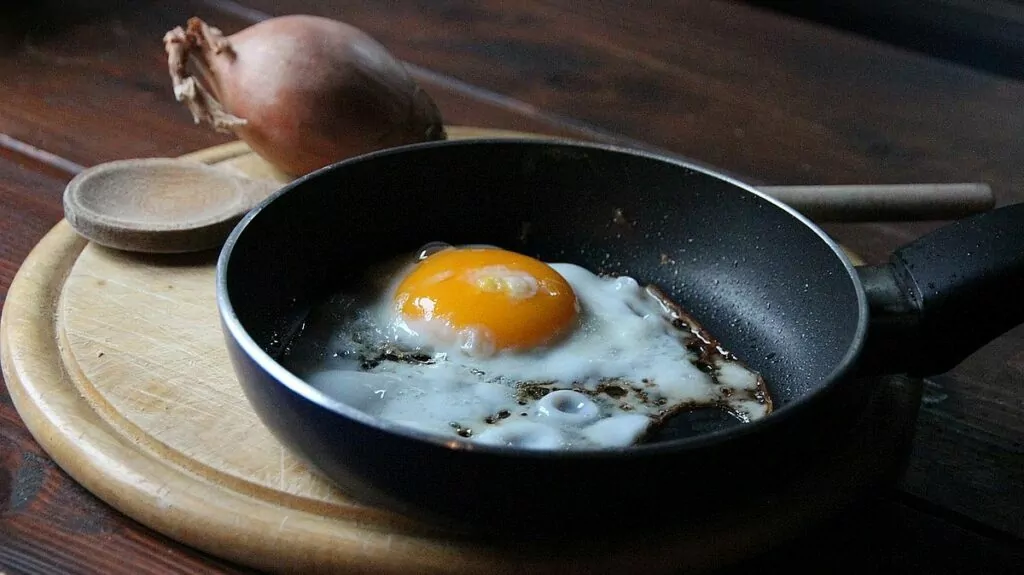
7. Sometimes eggs have double yolks
Sometimes an egg can have two yolks, which is more common in younger hens than older ones. The reason is that two egg cells have been released simultaneously from the hen's ovary.
8. Chickens are efficient feed converters
A modern laying hen lays about one kilo of eggs from two kilos of feed.
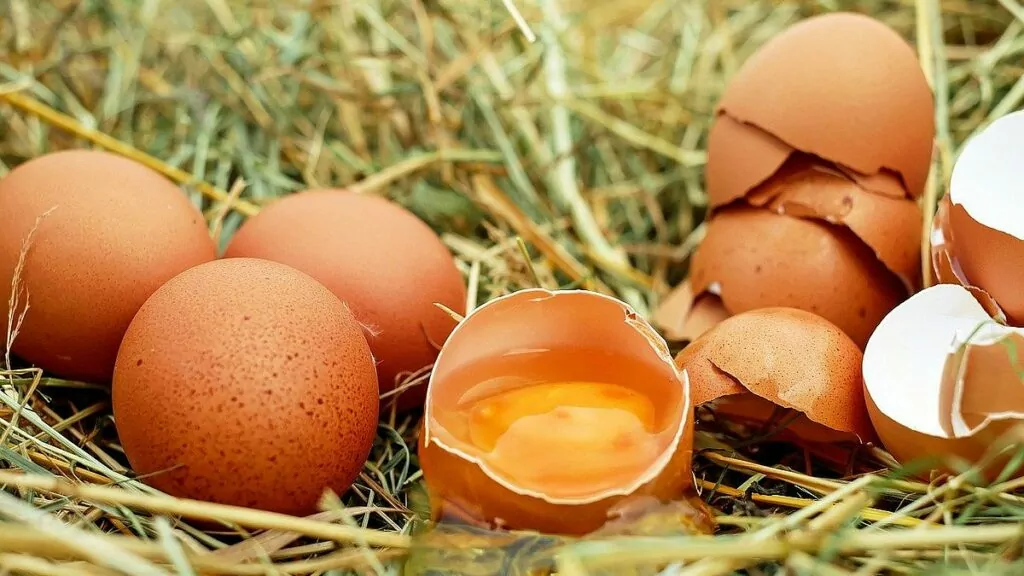
9. Chickens lay many eggs
On average, a hen lays around 320 eggs per year. So you get a lot of food from just one hen.
10. White eggs come from white hens
White eggs usually come from white hens and brown ones usually from brown hens. In Sweden, about 95 per cent of all eggs are white. Another fact about eggs is that the colour of the yolk varies depending on the feed the hen has been given.
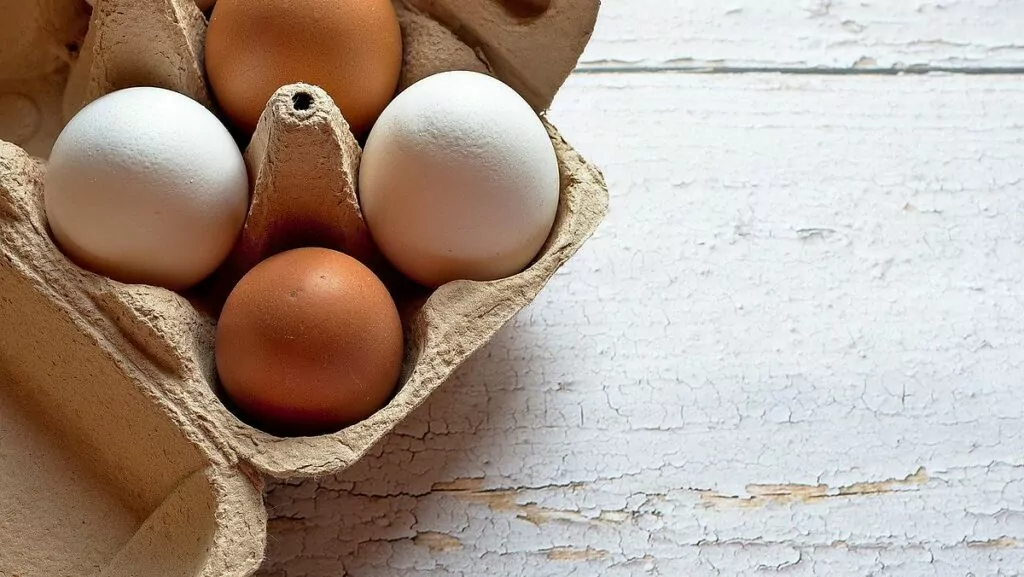
11. Egg allergy is most common in children
Egg allergy is most common in younger children, and it is common to outgrow the allergy as you get older. It is usually the proteins in the egg white that people are allergic to, but they can also be allergic to proteins in the egg yolk.
12. Eggs last well beyond their expiry date
Swedish hens' eggs stored in the refrigerator with the pointy end down will stay fresh for about 2-3 months after production, which is about 1-2 months after the expiry date.
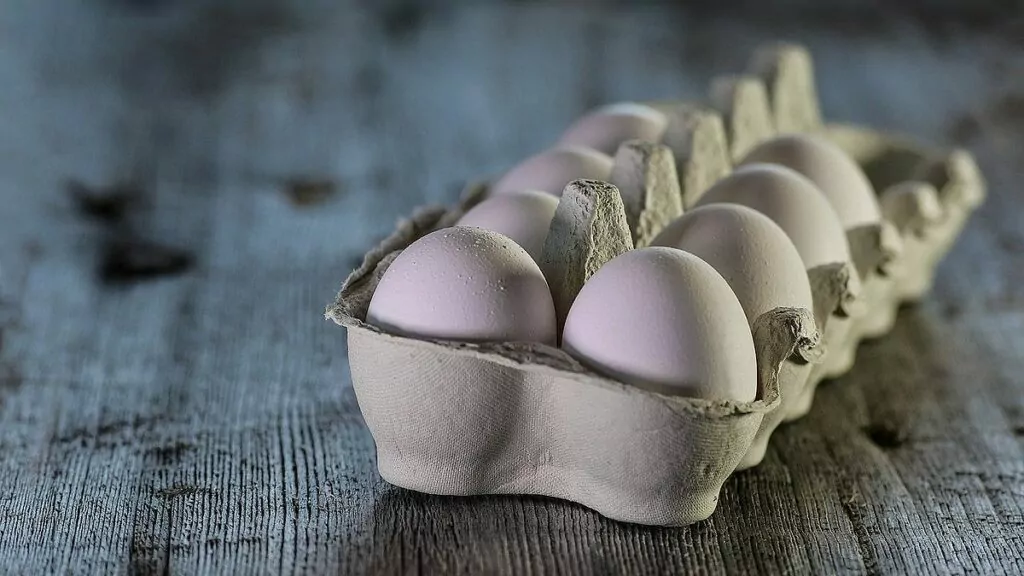
13. you can test how fresh the egg is
Want to know how fresh an egg is? Then you can do a simple test. Place the egg in a bucket filled with water. If the egg stays on the bottom, it is very fresh. If it starts to rise, it is about a week old. If it floats to the surface, it is older.
14. The amount of lime in the shell is always the same.
The amount of calcium in the eggshell is almost always the same, which is why small hens' eggs have thicker shells than large eggs.
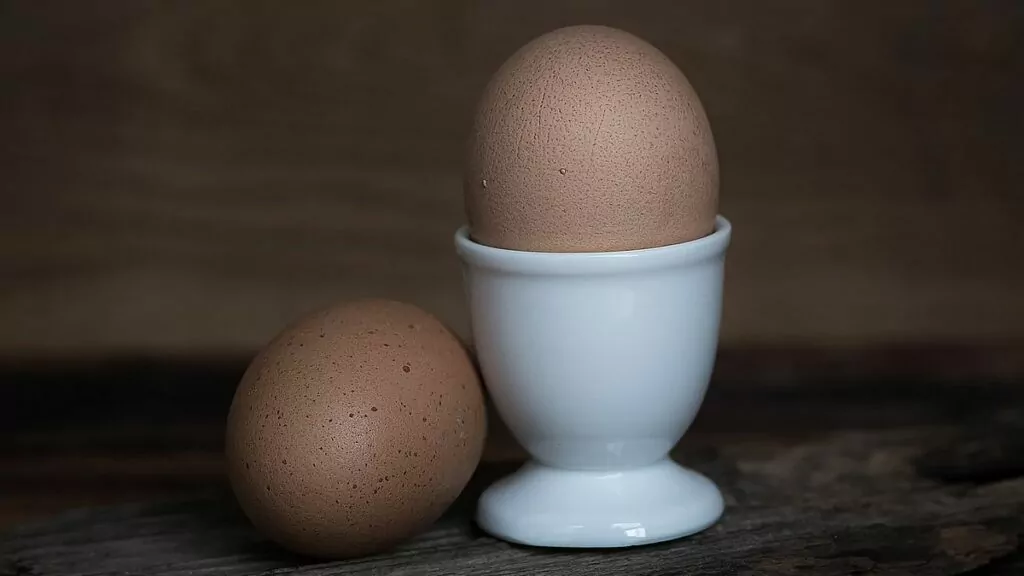
15. The eggshell provides triple protection
An egg consists of about 12.5 per cent shell, which is mainly composed of calcium. The shell has about 10 000 pores through which the egg 'breathes'. Just below the shell is a thin membrane. There is also a protective layer on the outside of the shell, which is destroyed if the egg is washed or cooked.
Despite this triple protection, eggs are not protected against odours. To prevent odours from other foods in the fridge, eggs should be stored in sealed containers such as egg trays or egg cartons.
16. Young hens lay small eggs
Young hens lay small eggs and older hens lay larger eggs. This explains why there are different sizes of eggs.
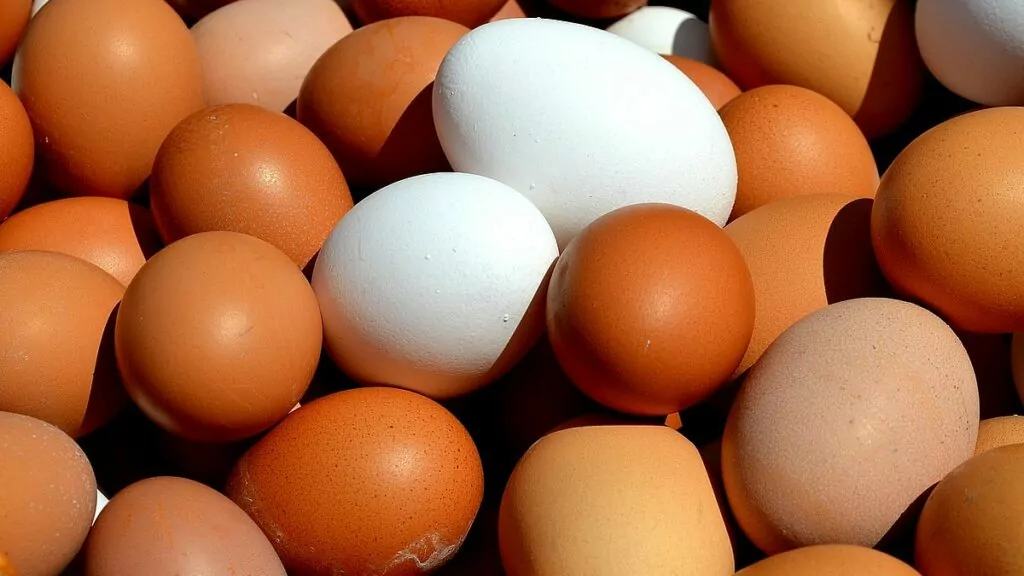
17. A size guide determines whether the eggs are called large or medium.
A size guide determines whether the eggs are called small, medium, large or extra large:
- Extra large eggs (Extra large) >73 grams
- Large eggs (Large) >63-73 grams
- Medium-sized eggs (Medium) >53-63 grams
- Small eggs (Small) ≤53 grams
18. The pink code tells you which country the egg comes from.
When you buy ordinary chicken eggs in Swedish shops, they are labelled with a pink code that tells you in which country the eggs were produced, which farmer was responsible for the hens and their housing:
0 = Organic production
1 = Free-standing outdoors
2 = Free standing indoors
3 = Furnished cages
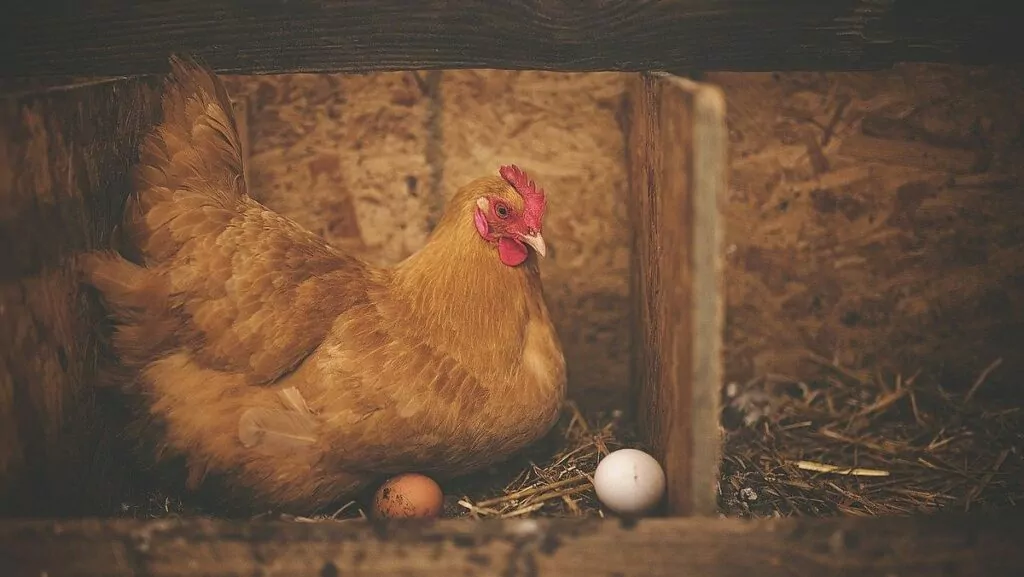
19. Eggs are extremely nutritious
Eggs contain lots of different nutrients, such as vitamin E, selenium, riboflavin, vitamin A, zinc, vitamin D, folate, niacin and vitamin B12. Eggs are a real vitamin bomb, and the only vitamin missing is vitamin C. Positive facts about eggs, right?
20. You can't always eat raw eggs abroad.
In Sweden, we are used to being able to use raw eggs if we want to, as raw eggs here do not make us sick. In many countries, salmonella is common and you have to be more careful. More than 20 per cent of all eggs in the EU carry salmonella, so many EU countries advise their citizens to cook their eggs properly.
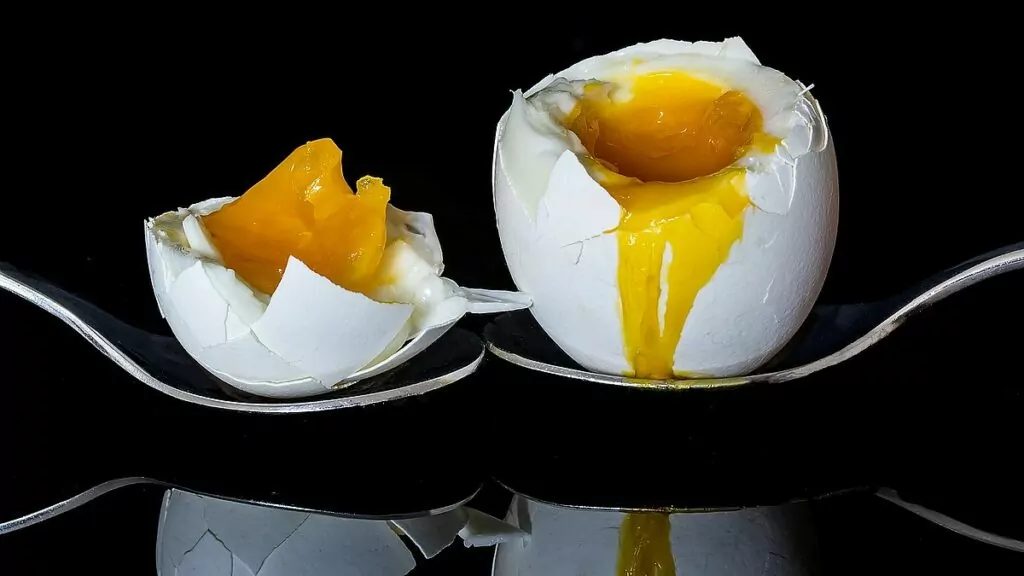
21. Easter eggs symbolise rebirth
Eggs symbolise rebirth and fertility, which can be linked both to spring and to the resurrection of Jesus. Eggs are therefore well suited to Easter for several reasons. In addition, in the past, Easter was celebrated after a long period of fasting, when people did not pocket eat eggs. Therefore, when it was time for Easter, people often had many eggs in stock.
22. Egg painting is an art form in some countries
Painting eggs has become a major art form in Europe. Ukraine and other parts of Central and Eastern Europe. An egg decorated according to traditional Ukrainian custom is called 'pysanka'.
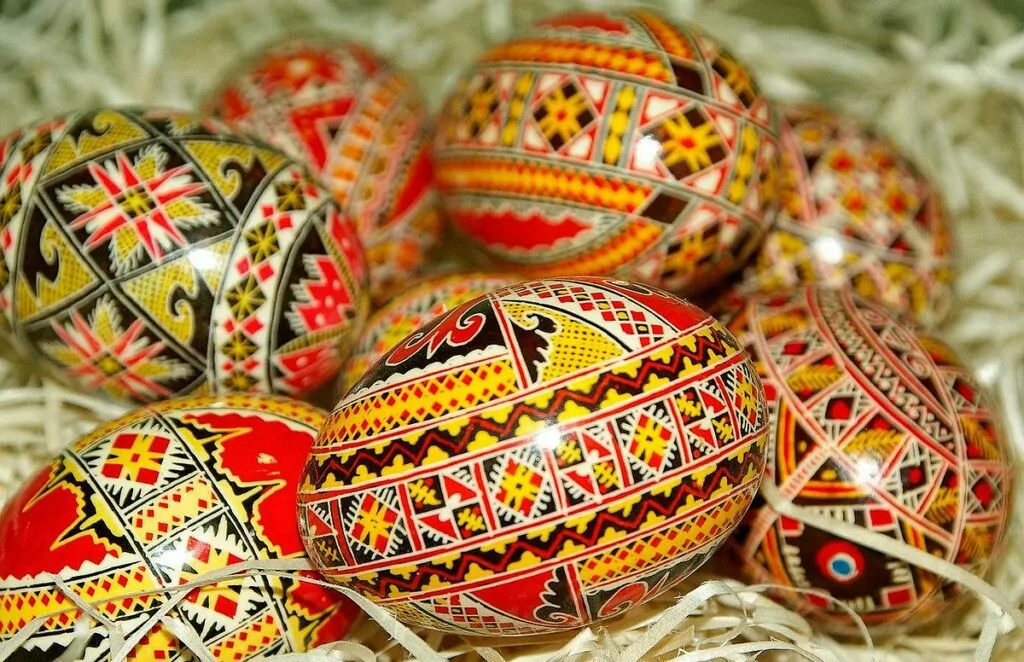
23. Egg consumption in Sweden is increasing
Egg consumption in Sweden has increased by over thirty per cent in the last decade. In 2010, Swedes bought 75,606 tonnes of fresh eggs, and by 2019 this had increased to 100,261 tonnes, an increase of 32.6%.
24. 64 per cent eat eggs several times a week
Eggs are a favourite food among the Swedish people. According to a survey by the industry organisation Svenska Ägg, 64% say they eat eggs several times a week.
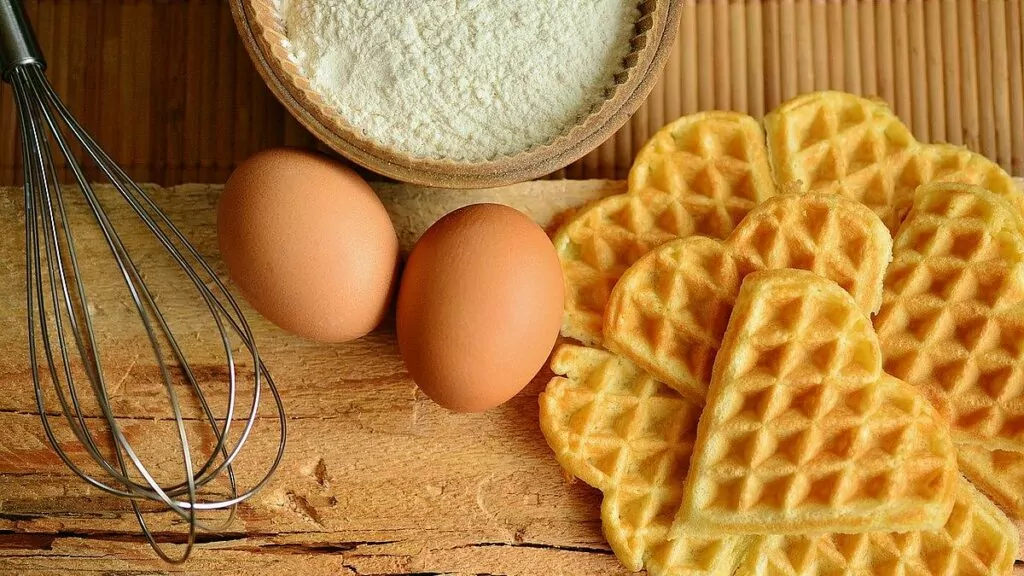
25. Egg Day falls on the second Friday in October.
Egg Day takes place every year on the second Friday of October and is sometimes accompanied by events, art exhibitions and recipe competitions. Egg Day was established by the IEC (International Egg Commission) and has been celebrated since 1996.
More fun facts about eggs
- Freezing eggs will only work if you crack them first. Otherwise the shell will crack.
- Egg picking is an old game dating back to the Middle Ages. Participants are each given a hard-boiled egg, which they are free to paint, and then tap the top of the egg against the opponent's egg. The person who avoids damaging their eggshell for the longest time wins.
- The Easter Bunny is sometimes associated with Easter eggs. According to some countries' traditions, the hare brings Easter eggs to children. Sometimes families hide the eggs in the garden, for example, and pretend that the Easter Bunny put them there.
- Red painted Easter eggs is a tradition in Orthodox Greece. The colour is supposed to be reminiscent of the blood of Christ, and the eggs are used for decoration.
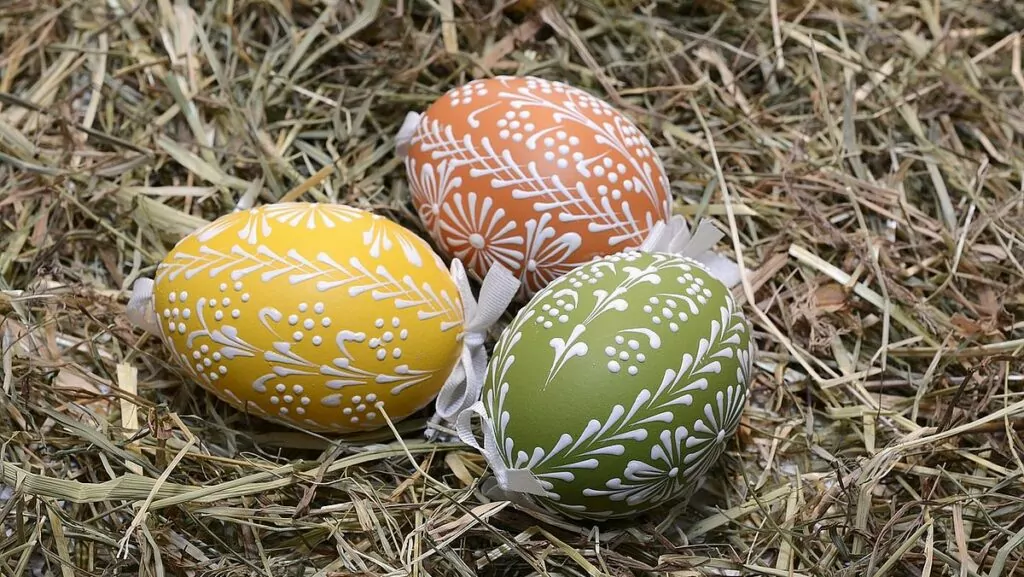
More facts about eggs?
Do you know any more interesting facts about eggs? Or perhaps you can share some exciting egg stories?
Factual sources: Swedish eggs, Alsbo eggs, Wikipedia and various recipe sites.
Image sources: FREEDOMtravel and Pixabay.

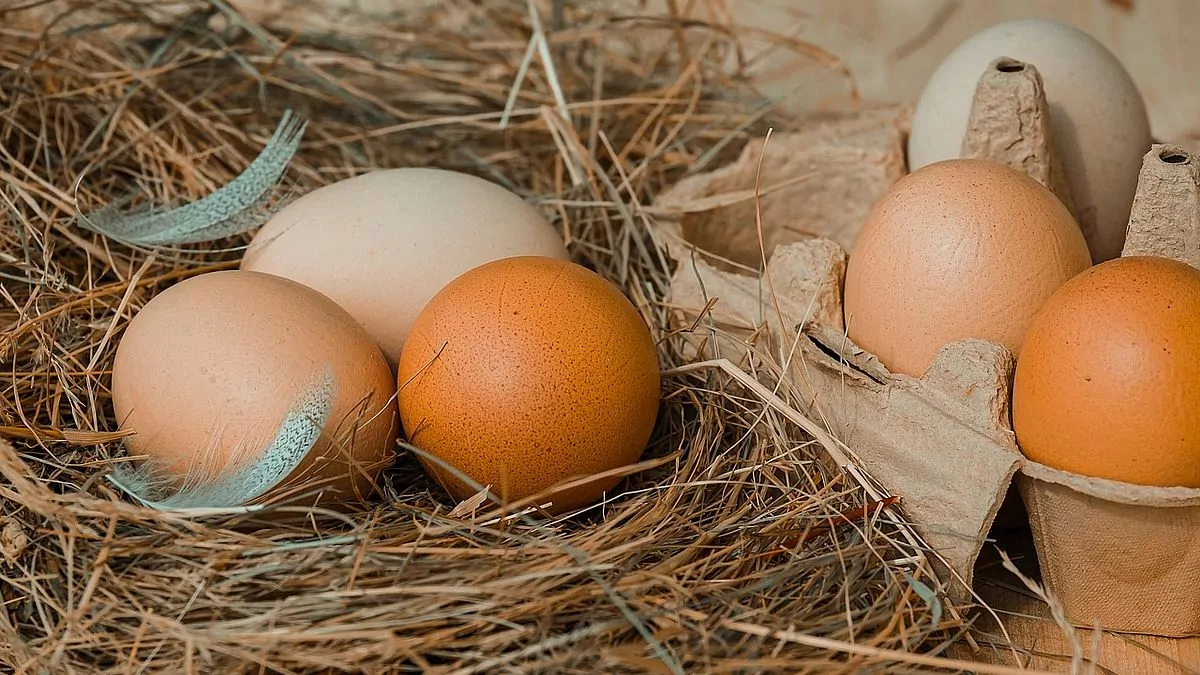










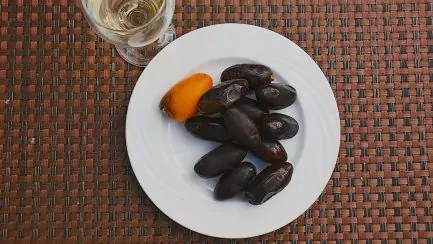
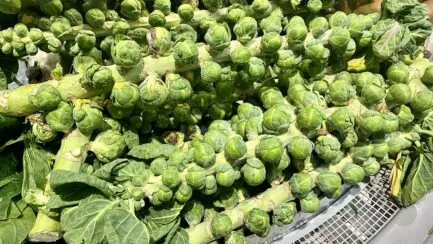






Kors och Tvärs says:
Oops Here you were really excited in the morning. And really hungry for cooked, with caviar ☺️
What we have not yet tried is quail eggs. They are sold in supermarkets in Spain. But they are never refrigerated so we have deliberately avoided them. By the way, we can also buy boiled eggs there. How disgusting does that sound?
24 March 2021 - 7:52
Helena says:
Haha, right? Quail eggs sound exciting! If it's like regular eggs, they can probably handle not being refrigerated, BUT on the other hand, not as long. Pre-cooked eggs? Is it just one at a time, or many at once? (That is, is it meant as a "snack" on the road or is it a whole bunch to take home?)
24 March 2021 - 16:48
Kors och Tvärs says:
Pre-cooked eggs are available at least in 6-pack I think 10-pack too. Have never bought but think they are completely overcooked, with a green ring around the yolk 😁 Or what if you are wrong.... Thinking of baking or so and coming home with cooked 😂😂.
24 March 2021 - 18:29
Helena says:
Interesting! Yes, some risk that they are overcooked perhaps, as it usually is in many hotels. It's not that hard to cook yourself 😉.
26 March 2021 - 20:45
Lena+i+Wales+och+Spanien says:
Oh, how nice that you are back with some food. You write so interesting and easy to read with lots of useful and interesting information.
The first picture of the egg sandwich with caviar made my mouth water. I love caviar! Longing so incredibly for caviar, which I can't get here. IKEA here, but they are closed and with travel restrictions I have not been able to go there for so long.
Here we have salmonella, so I am very restrictive with raw eggs,
Most of the eggs we have here in the shops are brown, white eggs are hard to come by.
I could comment a lot, but that would be boring for you, so I'll end with another thank you for a nice post!
24 March 2021 - 9:57
Helena says:
Thanks Lena, what a nice comment! Glad to hear that you like it! How sad that you can't get caviar now ... Sad with salmonella too! Does it mean that you also have to hard boil the eggs? And also interesting that most of your eggs are brown! Here it is definitely the opposite.
24 March 2021 - 16:50
Lena+i+Wales+och+Spanien says:
I always hard-boil eggs, but here they serve runny eggs and fried eggs with runny yolks in hotels, etc., which surprises me. Perhaps there isn't enough contamination to worry about, or maybe the salmonella disappears after a certain temperature. You know more about that than I do. So unfortunately I don't have a really good answer, but I have thought about it many times.
I am also surprised that almost all eggs are brown. I think about it mostly before Easter when I want white eggs, partly as decoration and partly to paint. I think it might be a tradition here with brown eggs and we don't change things like that anyway, but I don't know the correct reason, just speculation.
26 March 2021 - 10:47
Lena+i+Wales+och+Spanien says:
I am back.
We became a little more interested in eggs after your questions, so the man did some googling.
Large egg producers here vaccinate their hens and the chances of salmonella are much lower today. They are often checked and should there be an outbreak, it should be dealt with immediately. As for small producers, the controls are not the same.
So salmonella exists, but is not considered a major risk anymore.
I probably live with some old values and probably don't need to worry about it so much. However, I am always a little worried when I make my own mayonnaise here.
26 March 2021 - 11:03
Helena says:
But how nice that you read on! This was interesting! Good that you seem to be able to keep the risk of salmonella down these days!
26 March 2021 - 20:52
Matts Torebring says:
I remember from primary school that my mum sent a bag of eggs to my nice schoolmistress. Has anyone else experienced this?
24 March 2021 - 18:32
Helena says:
That sounds really charming! I haven't experienced that. but on the other hand, I lived in a city and not in the countryside, so we only had access to "factory eggs" 😉.
26 March 2021 - 20:46
BP says:
I completely agree with Lena! It's good that Easter is coming up, so you can eat a lot of eggs, and I'm not talking about the chocolate variety. I love eggs in all their forms, and since I read how to make poached eggs in the microwave, we are currently eating lots of poached eggs.
24 March 2021 - 18:42
Helena says:
Poached eggs are delicious! But we don't have a microwave, so can't try that variant ... 😉 .
26 March 2021 - 20:47
Geddfish says:
Well, I have just come home from my daughter in Värmland and her small-scale chicken farm. So now I took the opportunity to read your nice and funny post.
I got to see the eggs hatch a week ago and have been cuddling the little chicken babies every day. She has different breeds and thus different colours of eggs.
Then we went to see a quail farm and I bought some quail eggs. Tiny ones!
May well blog about it 😀
Happy Easter!!!
24 March 2021 - 20:23
Helena says:
But how cosy and charming it sounds! And interesting! Must read what you blog! Wishing you a nice Easter!
26 March 2021 - 20:49
Lena - gott för själen says:
What a fun fact! I knew that eggs were good for you, but I didn't realise that they contained so many vitamins. And the part about the amount of calcium in the shells was interesting.
Hug Lena
27 March 2021 - 7:20
Helena says:
I didn't know about the amount of lime before either. Got to learn a lot of new things myself 😉 Nice that eggs are so healthy now that we are approaching Easter 🙂 .
27 March 2021 - 8:04